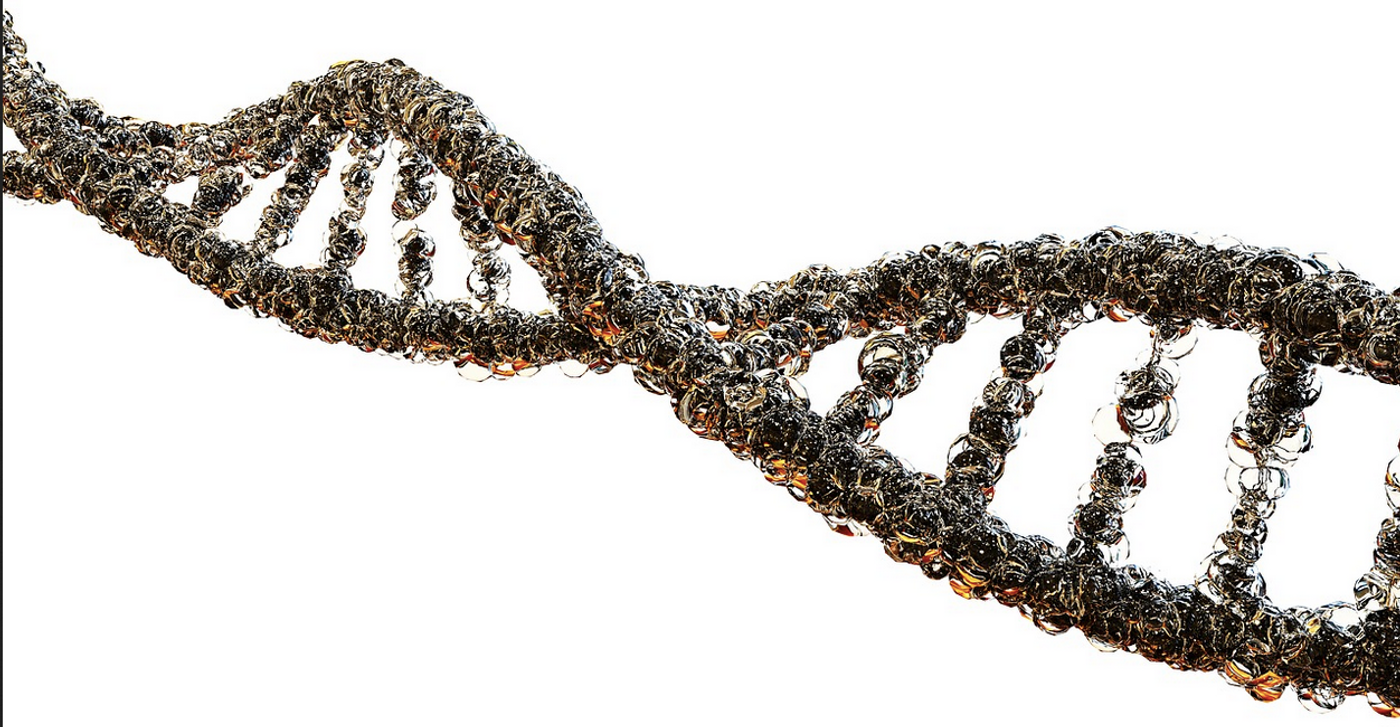DNA Binding Proteins Both Search & Bind Rapidly
Many different proteins can bind DNA, and they perform a variety of critical functions in cells. DNA-binding proteins often attach to specific places in the genome, and they may help respond to stress, control cell death, or regulate the transcription or translation of genes, for some examples. Cells often have to quickly respond to rapidly changing circumstances, so DNA-binding proteins must also spring into action and get the job done efficiently. But the genome contains billions of nucleotide bases. So how can these DNA-binding proteins immediately find their binding partner in the sequence of the whole genome?
Reporting in Science, researchers have now shown that a DNA-binding protein is able to scour the genome to find the sequence it binds to, but doesn't get caught up on the way there. DNA-binding proteins can slide on DNA, stopping at the right sequence once it's located, and interacting with it. But there could be many sequences that are very similar to the one the DNA-binding protein is trying to find. This would suggest that DNA-binding proteins are frequently pausing near sequences that are almost correct before moving on to find the right one.
"If the textbook explanation was correct, the DNA-binding proteins would get stuck all the time off target. Gene regulation would be very ineffective, but we know from previous studies that this is not the case," noted study co-author Emil Marklund. "Our favorite protein, LacI, finds its target sequence among 4.6 million base pairs in a matter of minutes."
Lac1 normally halts lactose metabolism genes from being expressed in E coli by binding to a specific DNA sequence in the E. coli genome (explained in the video). To find out how Lac1 does it, the researchers aligned thousands of different sequences of DNA on a microchip. They attached a fluorescent tag to Lac1 so it could be visualized, and its movement could be measured. The researchers observed how Lac1 attached to various sequences and how long it lingered before it moved on to different DNA.
The researchers found that the sequence of DNA had very little influence on the length of time Lac1 spent in any one spot. Lac1 was slowed down only slightly by sequences that were very similar to its target. Once it did bind to its target, it did not spend much time there either. But on the macroscopic time scale, the interaction appears stable.
"Our result, that DNA-binding proteins bind often rather than protractedly, explains how LacI can slide on the DNA sequence in search of its target without getting held up unnecessarily. LacI regulates the uptake of lactose in bacteria, but is of course just an example. The hundreds of different transcription factors that regulate our own genes likely act according to a similar principle," added study co-author Johan Elf, a Professor at Uppsala University.
Sources: Uppsala University, Science









